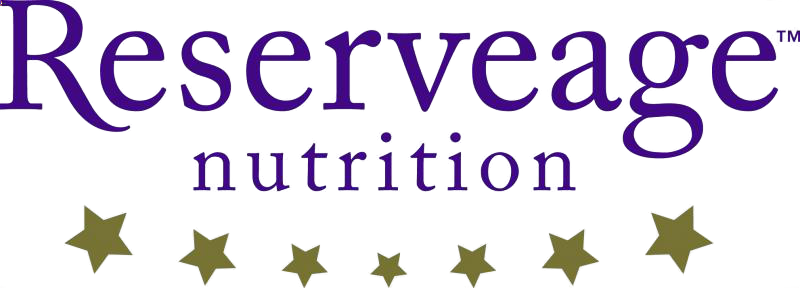Post by: Men's Fitness
What is whey protein?
Whey is a by-product of the cheese-making process – the liquid left over once the milk has been curdled and strained. In its powder form, it’s one of the most popular sports nutrition products in the world because of its availability, cost and effectiveness. Once consumed whey is rapidly digested and absorbed by your digestive system so it gets into your bloodstream and then your muscles very quickly, which is beneficial after training when you need to initiate the recovery process. Whey comes in four forms, all of which are abundant in branched-chain amino acids (BCAAs), the crucial elements in rebuilding and repairing the muscular damage caused by working out.
Why do I need whey protein?
If you are following any sort of exercise programme, whether it’s based around weights, cardio or endurance training, then you may need more protein than the UK government’s current recommendation of 55g per day. Whey offers a quick and easy way to increase your daily intake, especially after your training session when you might not be inclined to cook and eat a full meal. But it’s important to remember the clue is in the name of supplements – they are designed to fill in the nutritional gaps of a complete and varied diet. Getting the majority of your daily dietary protein from red and white meat and fish is the way to go, because you’ll also consume the essential vitamins, minerals and other nutrients vital to optimal health.
What are the different forms?
Whey protein powder comes in four forms: concentrate, isolate, hydrolysate and native.
Concentrate whey protein is typically lower in fat than other forms and has higher levels of carbohydrates from lactose, the type of sugar found in milk products, and bioactive compounds. The protein content by weight can be anywhere between 30% to 90%.
Isolate whey protein is processed to remove fat and lactose, but is also lower in health-boosting bioactive compounds. The protein content by weight is at least 90% .
Hydrolysate whey protein is pre-digested and partially hydrolysed, which means water is added during the production process to break down the constituent compounds to make them easier for the body to digest, but this increases the cost.
Native whey protein is the purest form because it is extracted directly from skimmed milk, rather than being a by-product of the cheese production process like concentrate and isolate. It is very low in fat, lactose and bioactive compounds and the protein content by weight is typically 95% or higher.
How much do I need?
Most serving suggestions are around 30g, and with good reason. Research suggests this is the ideal amount to repair the damage done through training and initiate muscle protein synthesis – the process by which new muscle tissue is laid down. Studies also show that a diet high in proteincan help reduce body fat levels, so you’ll not only get bigger and stronger, but leaner too.
When do I take it?
After a workout is the most obvious time to consume whey protein powder because that’s when your muscles need it most. Drinking a shake of whey mixed with cold water or milk within 30 minutes of finishing your training session will initiate the recovery process by flooding your bloodstream with amino acids, which are quickly shuttled into your muscle cells where they can be laid down as new muscle tissue.
You can also take whey protein at other times: blend a scoop of your favourite flavour with an egg and a banana for some high-protein breakfast or dessert pancakes, for example. It’s especially useful to have to hand to mix with water when you’re out and about and don’t have time to eat a proper protein-rich meal.











Taking Whey protein is the healthy way to lose weight
Medical news about 334456979 products https://www.facebook.com/Obzoroffinfo Best reviews in 28280211 articles.
24261b8
We publish articles about hypertensionon 15 lamguages for 85 countries!